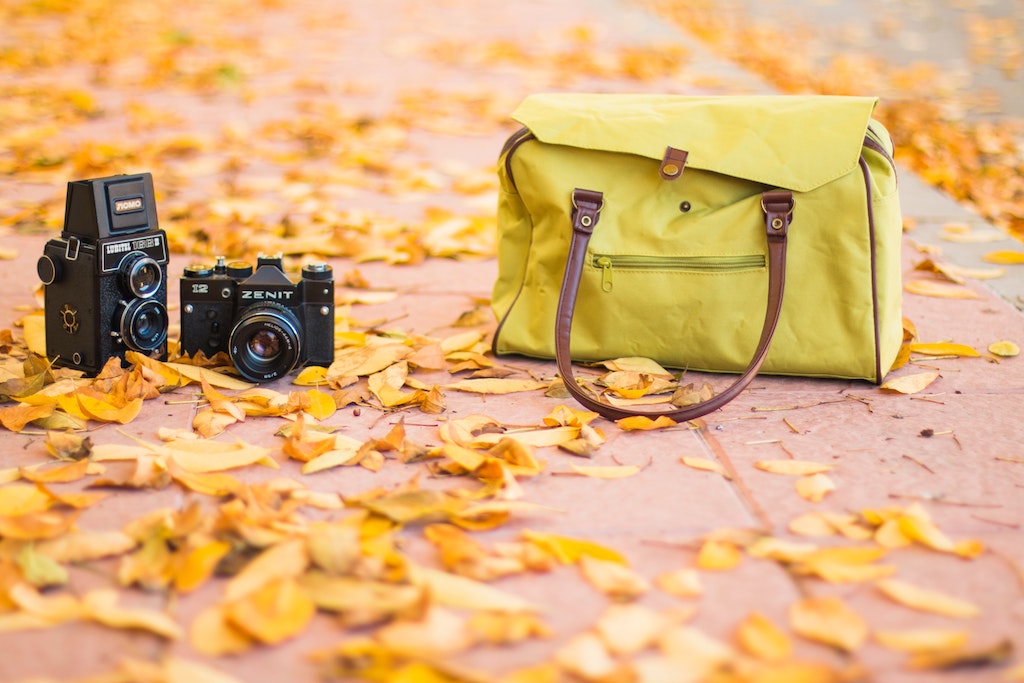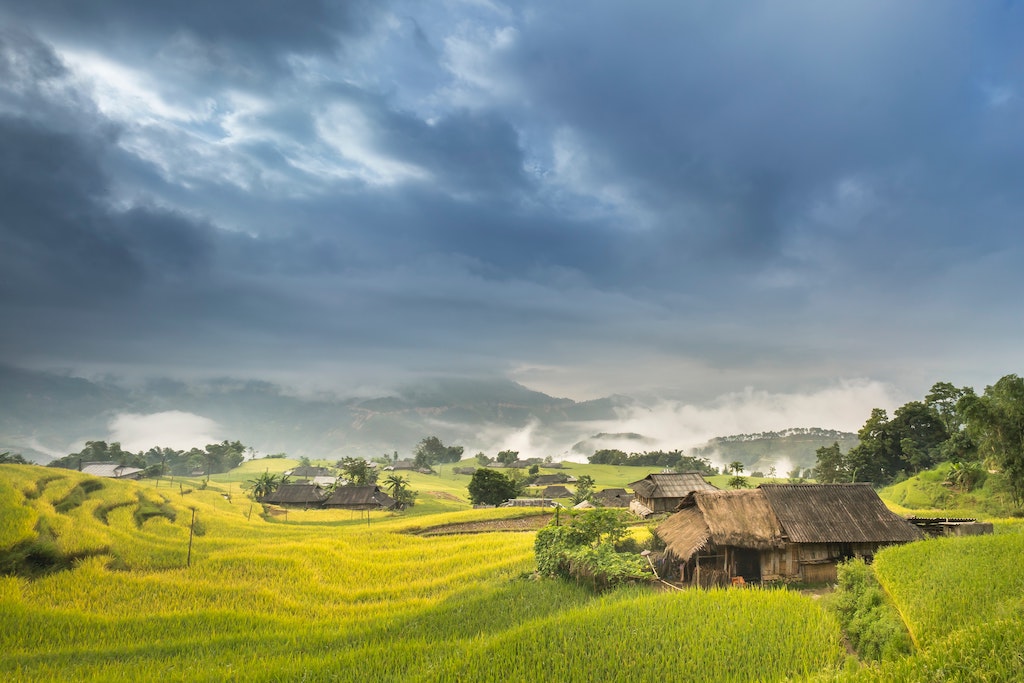Landscape pictures of magnificent nature is a far wide and versatile genre of photography.
Packing the camera backpack, traveling to a beautiful location even at odd times just to get that one Perfect Picture is an adventure in itself. Not to mention the precise weather for the right shot.
Clicking a stunning photograph worth exhibiting is an extraordinary feeling.
Even though snapping landscapes might seem easy, it needs suitable equipment and the right camera settings. However, you can absolutely start experimenting with whatever you have with these tips for taking better landscape shots.
A few ideas from Shotkit could also inspire you to explore landscape photography in an exciting way.
And while you decide what you want to capture, let’s dive into fundamental photography concepts.
5 Essential Tips for Landscape Photography
The key to amazing landscape photography is – practice. The more you experiment with the right tools, the more expertise you will gain. Let’s dive into the essentials.
1. Right Camera and Lens
As obvious as it may sound, having the right gear is crucial for the perfect landscape picture. From years of experience of landscape photographers, a mirrorless DSLR with manual settings works flawlessly. Looking for a Nikon external battery? Tiger Supplies has them for you in stock, now.
Sure, automatic adjustments and settings are not imperfect. However, controlling the shutter speed, ISO, and aperture manually will result in the picture you had imagined.
As far as the lens is concerned, you might come across wide-angle lens recommendations. However, as a beginner, start with whatever you have, maybe in between 50mm to 140mm lenses.
Experiment with the existing lens and then move towards adding a wide-angle lens.
2. Tripod Stand and Filters
These two are going to add a pinch of comfort along with beauty to your landscape picture.
Tripod stands to ensure the camera angle, stability, and comfort in clicking pictures outdoors. Depending on the location, you can select a tripod of various sizes, including travel-size tripods.
Filters are to control the light and to give the right effect to the picture. You’ll come across various filters. However, Neutral density filters are perfect for landscape photography.
3. Decide What, Where, and When to Capture
While you might give the first shot to a nearby location, you might need to pay attention to the weather.
So the first thing first, choose what you want to capture into a picture. Maybe mountains, sunrise or sunset, forest or whatever pleases your mind.
Then decide the location of the photography subject. You might need to research a bit to find out when to capture the picture. Some places look beautiful in a particular season at a particular time.
Plan your photography session based on what, where, and when.
4. Camera Settings:
Landscape photography settings make all the difference in the world. Like said earlier, the manual setting is the best option to click a stunning picture.
Make sure you save RAW images rather than JPEG, as it’s better to edit. Keep the small aperture value between f/8 to f/22.
For ND filters, a slow shutter speed with low ISO value will give you the perfect light effect and an outstanding landscape picture. Adjust the settings as per your picture goals.

5. Bag, Batteries, and Comfort
You got to have a comfortable backpack to carry camera equipment to different outdoor locations.
Keep spare batteries if your trip is going to be longer. Pack a camera cleaning kit along with some food, because why not?
Make sure you have all the comfort required for a successful photography session at the outdoor locations.
Bet you have some landscape photography ideas after reading this article. So, get your camera and step out to click an eye-catchy landscape.




